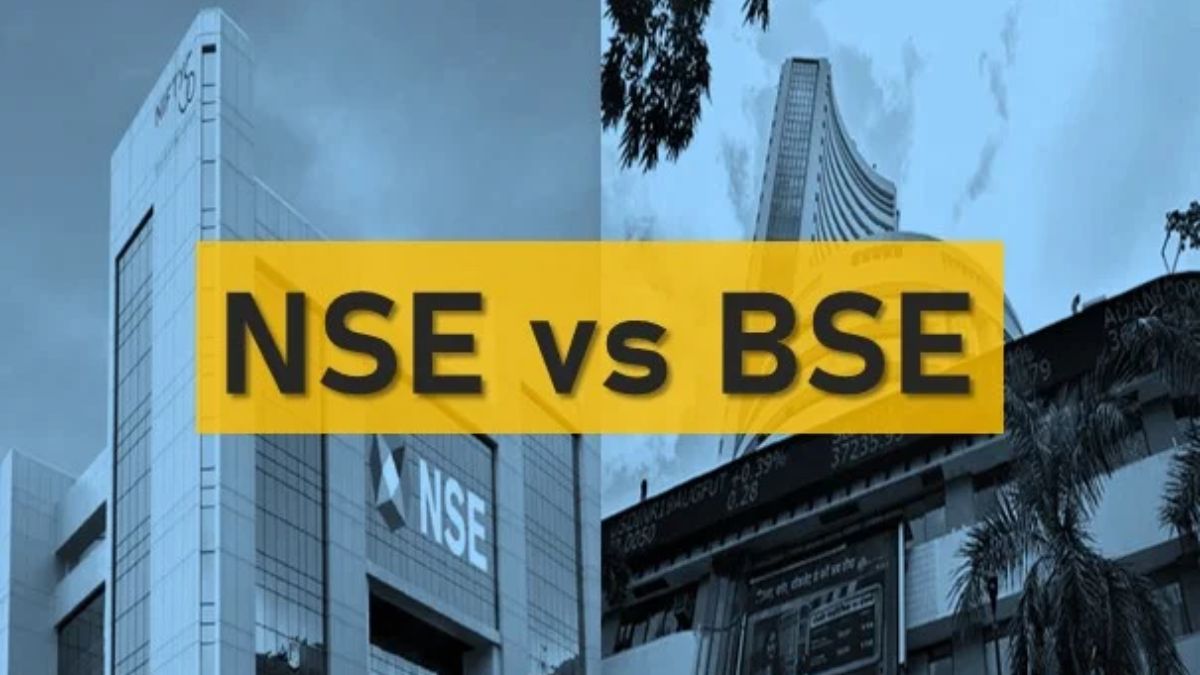Is the IPO Craze Fading in 2025?
Introduction The Initial Public Offering (IPO) market has always been a reflection of investor confidence and economic conditions. In 2024, India led the global IPO scene, raising $17.3 billion through 304 IPOs. However, as 2025 unfolds, the question arises: is the IPO frenzy slowing down, or is it simply evolving? In this article, we’ll explore market performance, sector-specific trends, and expert insights to help you navigate the IPO landscape. Understanding the IPO Market Initial Public Offerings (IPOs) are a significant financial milestone for companies. They offer an opportunity to raise capital and expand. However, economic conditions, regulatory changes, and market sentiment influence IPO activities. 📊 Current Trends Shaping IPOs in 2025 Here’s the bar chart illustrating the impact levels of current trends shaping IPOs in 2025 IPO Market Performance in 2025 The IPO market in early 2025 presents a mixed outlook, heavily influenced by economic factors and sectoral shifts. Global Overview Sector-Specific Trends Factors Influencing IPO Market Dynamics Several factors contributed to the fluctuating IPO landscape in 2025: Market Volatility and Sentiment Regulatory Changes 💡 Is This the End of the IPO Boom? Not necessarily. While IPO activity has declined, established companies opt for alternate funding methods like private equity and venture capital. Additionally, sectors like clean energy, AI, and healthcare are still attracting investor interest. Should You Invest in Upcoming IPOs? Before investing in an IPO, research the company’s financial health, business model, and growth prospects. Review its Draft Red Herring Prospectus (DRHP) for detailed insights. Additionally, monitor market trends to make informed decisions. Comparative Analysis with Previous Years Understanding the trajectory of the IPO market requires a comparative lens, evaluating current trends against historical data. Year-on-Year Comparison 📅 Upcoming IPOs to Watch Despite the slowdown, several major companies are eyeing a public debut. Keep an eye on: IPO Name IPO Date Listing Date Application RETAGGIO SME Retaggio Industries 2025-04-07 07 Apr 2025 27th Mar 2025 – 02nd Apr 2025 ATCENERGY SME ATC Energies System 2025-04-02 02 Apr 2025 25th – 27th Mar 2025 IDENTIX SME Identixweb 2025-04-03 03 Apr 2025 26th – 28th Mar 2025 (Data sourced from Zerodha) Final Thoughts While the IPO craze might be taking a breather, it’s far from over. Savvy investors will continue seeking opportunities in promising sectors. Stay updated and make informed decisions. 📢 Join the Conversation What are your thoughts on the current IPO landscape? Are you planning to invest in any upcoming IPOs? Drop your comments below, and let’s discuss! FAQ’s Q1. Should I invest in upcoming IPOs? Before investing, research the company’s financial health, business model, and market position. Review the DRHP for risks and growth potential. Stay aware of market trends for better decision-making. Q2. Do IPOs always go up? Not necessarily. If demand is high, the IPO price may rise, but low demand can lead to a price drop. The IPO offer price doesn’t always reflect the company’s true value. Companies often price IPOs at the higher end of their estimated range to maximize returns. Q3. Should you buy IPO stock or wait? IPO investments don’t guarantee higher returns. Newly public companies are often volatile and carry higher risks due to their lack of a public track record. As Terry Sandven, chief equity strategist for U.S. Bank, notes, financial results from IPO investments tend to be mixed. Consider market conditions and company fundamentals before making a decision. Q4. Should I keep IPO for the Long term? If the company continues to grow, holding onto IPO shares can result in steady long-term profits. Even owning a few shares can offer substantial gains over time. Additionally, IPO shares can be traded on the marketplace like any other stock, offering flexibility in managing your investments. Note: Before investing in any IPO, conduct thorough research and consult with financial experts for personalized advice.





